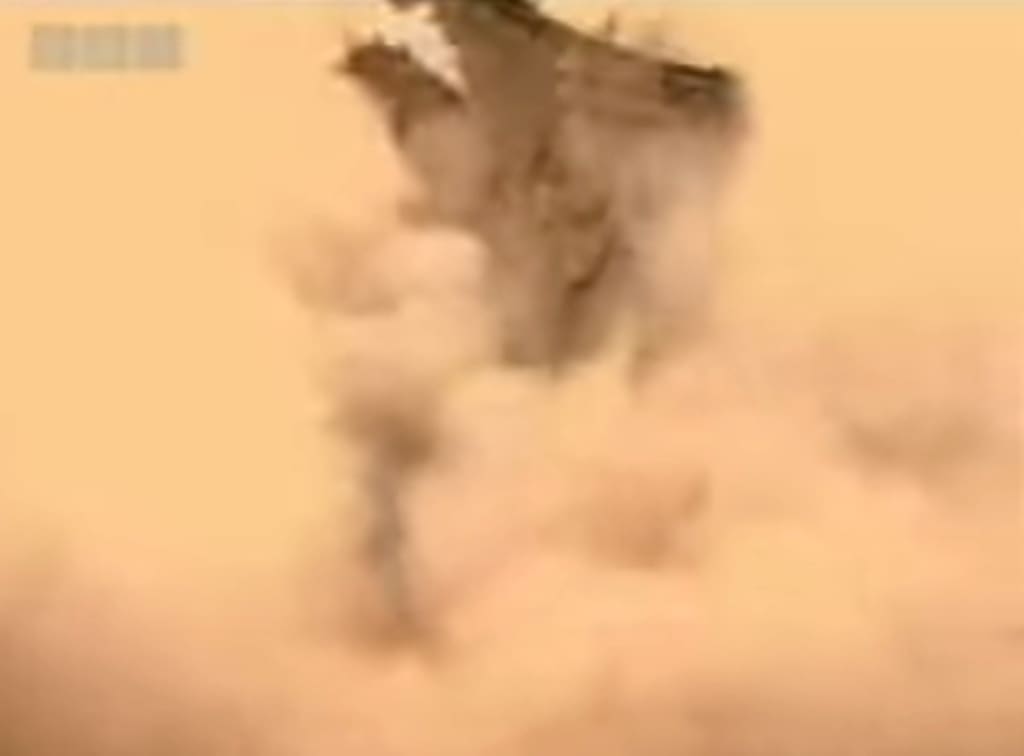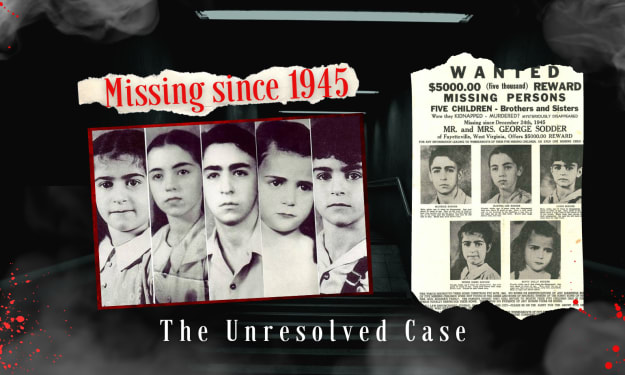Hiroshima-Nagasaki: Previously and Later
Hiroshima and Nagasaki are two urban communities in Japan that will always be associated with the disastrous situation that transpired there during The Second Great War. On August 6, 1945, Hiroshima turned into the main city in history to encounter the staggering effect of a nuclear bomb, trailed by Nagasaki on August 9, 1945. These bombings, did by the US, affected the two urban areas and their occupants.

Hiroshima-Nagasaki: Previously and Later
Hiroshima and Nagasaki are two urban communities in Japan that will always be associated with the disastrous situation that transpired there during The Second Great War. On August 6, 1945, Hiroshima turned into the main city in history to encounter the staggering effect of a nuclear bomb, trailed by Nagasaki on August 9, 1945. These bombings, did by the US, affected the two urban areas and their occupants.
Before the bombings, Hiroshima and Nagasaki were clamoring metropolitan focuses with dynamic networks, rich social legacy, and verifiable importance. Hiroshima, situated on the Honshu Island, was a significant modern and military center point, home to roughly 350,000 individuals. It was prestigious for its palace, Shukkeien Nursery, and the lively Motoyasu Riverfront. Nagasaki, arranged on the western shore of Kyushu Island, was known for its normal excellence, global exchange, and authentic milestones like the Nagasaki Harmony Park and Glover Nursery. It had a populace of around 240,000 individuals.
Nonetheless, the bombings always modified the essence of these urban areas. In Hiroshima, the "Young man" nuclear bomb exploded roughly 1,900 feet over the downtown area, immediately delivering a tremendous measure of energy. The impact wave, heat, and extraordinary radiation produced by the bomb obliterated almost everything inside a 1.2-mile span. Around 70,000 individuals were killed in a split second, and the loss of life kept on ascending in the next long stretches of time because of wounds and radiation disorder.
Also, Nagasaki encountered the staggering effect of the "Husky Man" nuclear bomb. Exploded over the Urakami Valley, the blast brought about the destruction of the city's modern and local locations. An expected 40,000 individuals were killed immediately, with the loss of life ascending because of wounds and radiation-related sicknesses.
The fallout of the bombings was set apart by incredible demolition. Whole areas were decreased to rubble, and incalculable lives were lost. Survivors confronted inconceivable torment, managing serious consumes, wounds, radiation affliction, and long haul wellbeing impacts. The bombings likewise had critical ecological results, abandoning a tradition of defiled soil and water.
Soon after the bombings, both Hiroshima and Nagasaki left on an excursion of recuperation and remaking. The strength of their kin assumed a significant part in the reclamation endeavors. Hiroshima, specifically, embraced a mission of advancing harmony and atomic demilitarization. Today, the Hiroshima Harmony Commemoration Park remains as a powerful sign of the detestations of atomic fighting, lodging the notorious A-Bomb Vault, a structure that endure the impact. Nagasaki correspondingly changed into an image of harmony, with the Nagasaki Nuclear Bomb Gallery and the Harmony Park filling in as tokens of the city's lamentable past and a call for atomic nullification.
While the scars of the bombings won't ever completely blur, both Hiroshima and Nagasaki have encountered critical rejuvenation. They have modified their urban communities, cultivated instructive drives, and pursued advancing harmony and understanding. The encounters of Hiroshima and Nagasaki have likewise added to a worldwide discourse on the overwhelming outcomes of atomic weapons and the critical requirement for demilitarization.
The bombings of Hiroshima and Nagasaki stay tormenting tokens of the revulsions of war and the staggering force of atomic weapons. They act as a demonstration of the significance of making progress toward harmony, understanding, and the counteraction of such disastrous occasions from here on out.
Before the bombings, Hiroshima and Nagasaki were social and financial focuses as well as held key importance for Japan during The Second Great War. Hiroshima was home to significant army installations, manufacturing plants, and correspondence focuses, making it an objective for the US's nuclear bomb project. Nagasaki, while not the first objective, was picked as an option because of its military and modern significance.
Hiroshima was known as the "City of Harmony" and had a flourishing economy. It was a significant place for shipbuilding, assembling, and exchange. The city had a few lofty instructive establishments, including Hiroshima College, and was prestigious for its social legacy, expressions, and celebrations.
Likewise, Nagasaki was a significant port city and a significant modern place. It had a long history of worldwide exchange and was one of a handful of the urban communities Japan that had contact with unfamiliar societies during the country's time of confinement. Nagasaki was home to a different populace, including a huge Christian people group and unfamiliar occupants. It was known for its shipbuilding, coal mining, and porcelain businesses.
Nonetheless, the nuclear bomb shoots caused remarkable pulverization for the two urban communities. The bombings caused prompt annihilation, clearing out whole areas and decreasing structures to rubble. The serious intensity created by the bombs made fires spread quickly, worsening the obliteration. The shockwaves and radiation delivered by the blasts brought about broad setbacks and long haul wellbeing impacts for survivors.
After the bombings, the prompt spotlight was on giving alleviation and clinical help to the survivors, known as hibakusha. Nonetheless, the method involved with revamping the urban communities was a stupendous errand. Hiroshima and Nagasaki needed to defeat monstrous difficulties in foundation reproduction, clearing rubble, and tending to the drawn out impacts of radiation.
Soon after the bombings, Hiroshima and Nagasaki went through broad redevelopment and rejuvenation. The urban communities embraced a message of harmony and compromise, meaning to make a superior future while always remembering the shocking occasions of the past. The worldwide local area likewise energized to help the revamping endeavors, giving guide and help.
The two urban communities laid out dedications and galleries to remember the bombings and teach guests about the overwhelming results of atomic weapons. The Hiroshima Harmony Commemoration Gallery and Nagasaki Nuclear Bomb Historical center became significant images of recognition, lodging relics, individual stories, and verifiable shows connected with the bombings.
Over the long haul, Hiroshima and Nagasaki arose as promoters for atomic demilitarization and harmony. They have facilitated global meetings and occasions zeroed in on advancing exchange and understanding among countries and upholding for a world liberated from atomic weapons.
Today, Hiroshima and Nagasaki stand as lively urban communities with flourishing economies, social attractions, and a guarantee to harmony. While the scars of the bombings stay, the urban areas have become encouraging signs and versatility, helping the world to remember the critical requirement for worldwide harmony and the end of atomic weapons.
About the Creator
Enjoyed the story? Support the Creator.
Subscribe for free to receive all their stories in your feed. You could also pledge your support or give them a one-off tip, letting them know you appreciate their work.





Comments
There are no comments for this story
Be the first to respond and start the conversation.